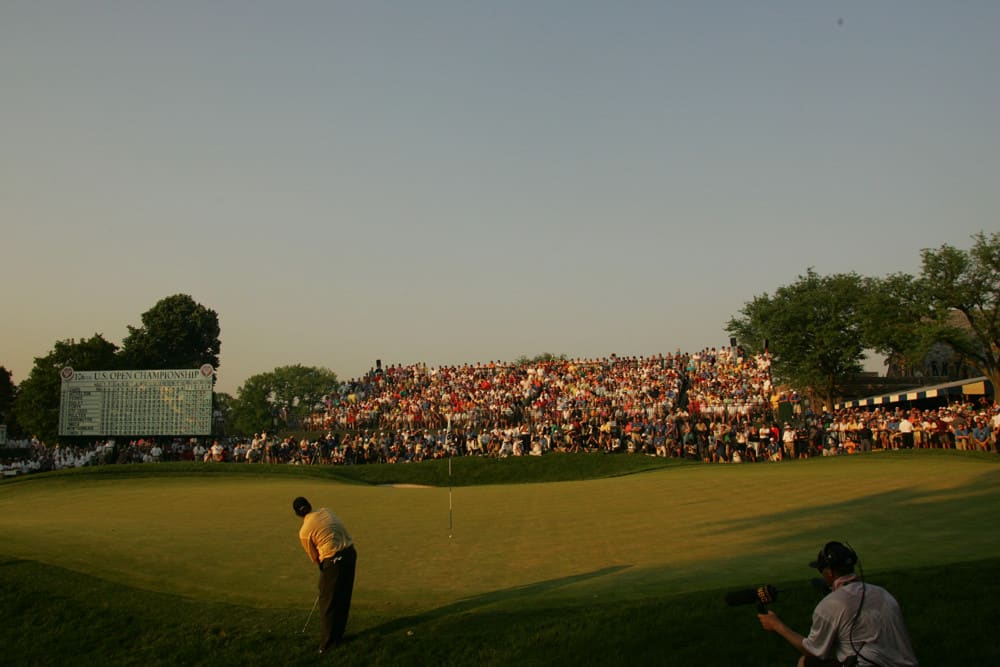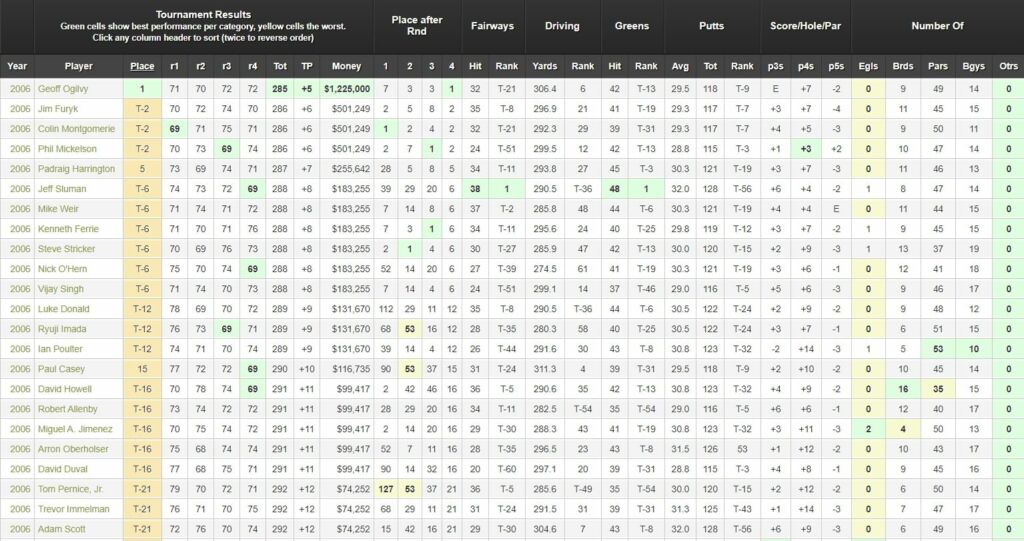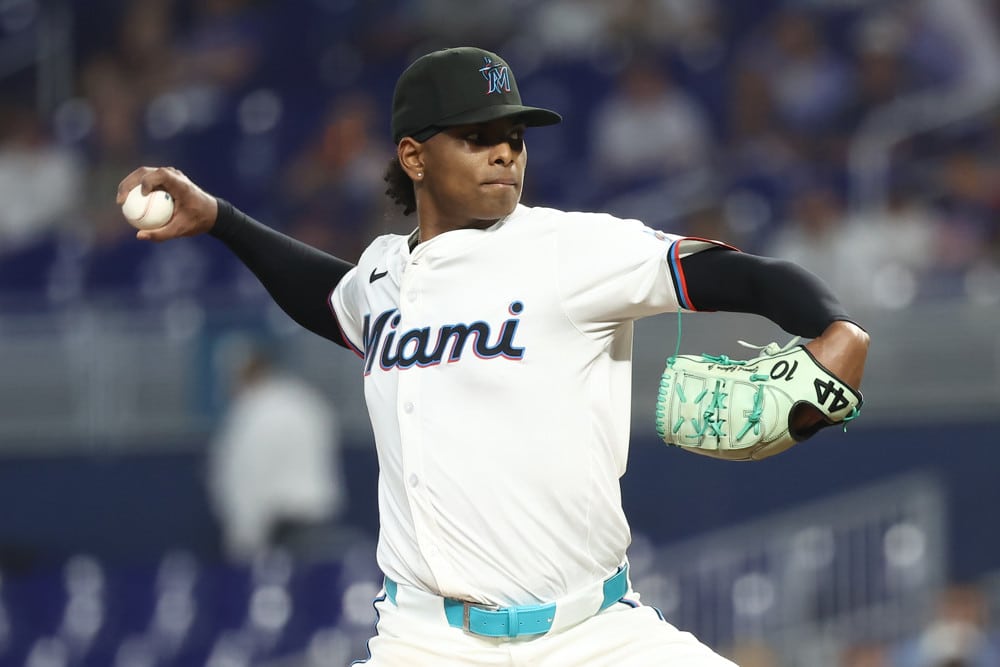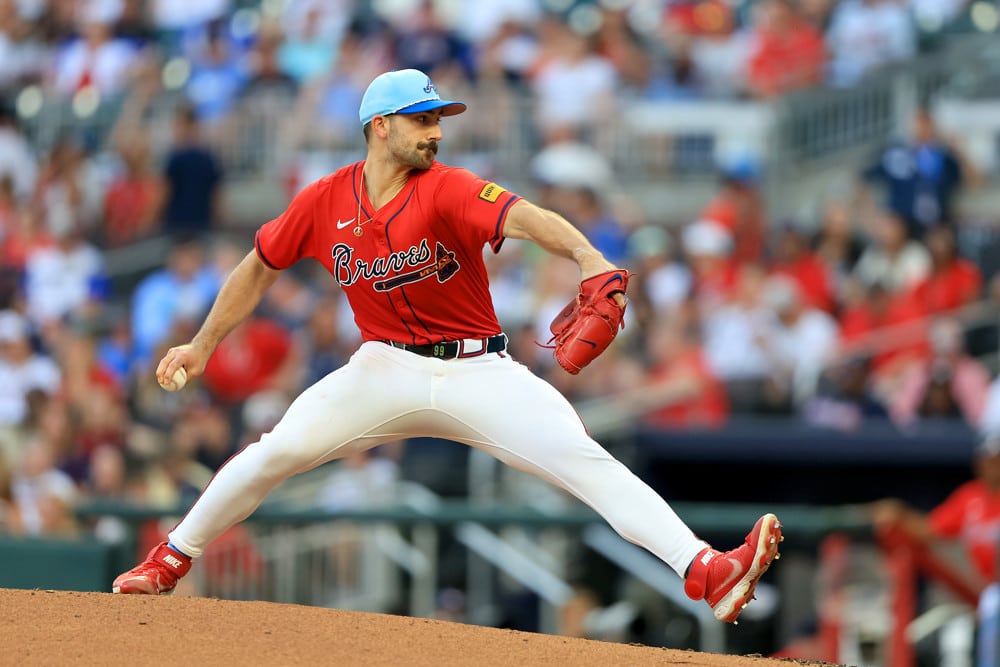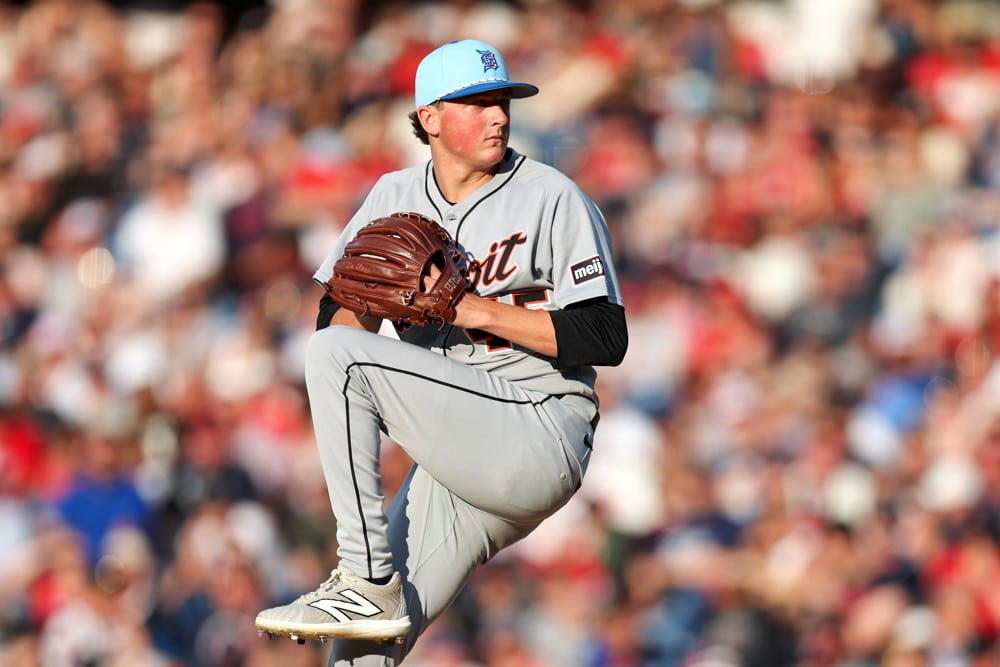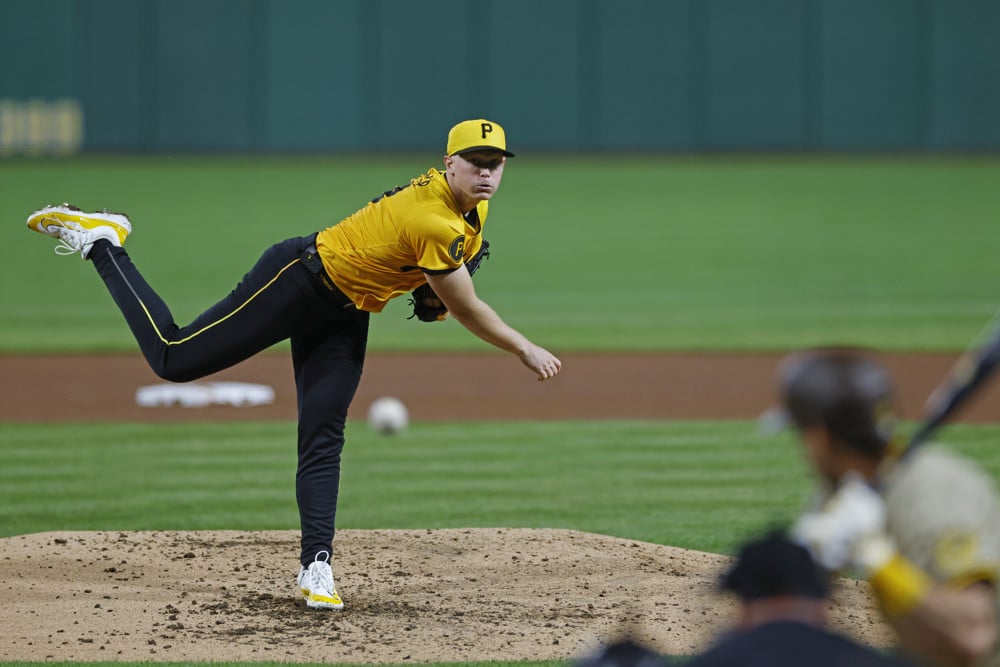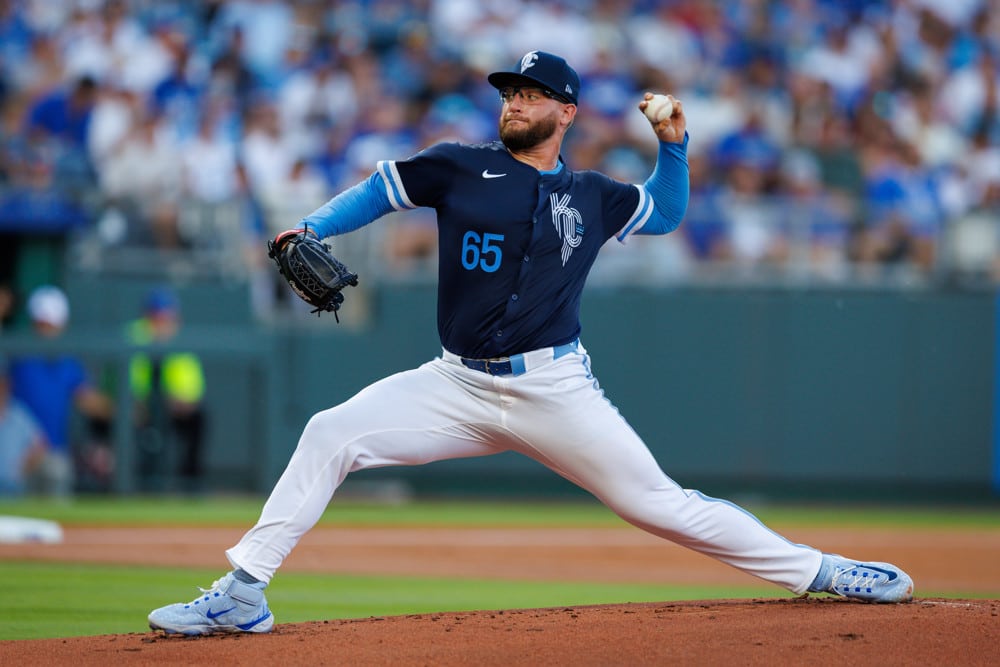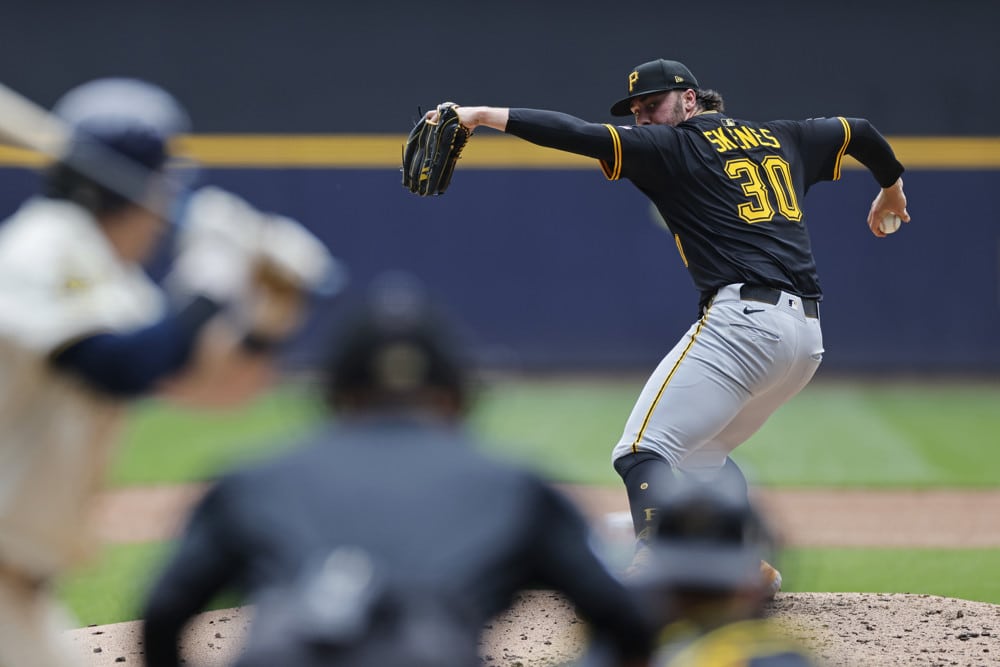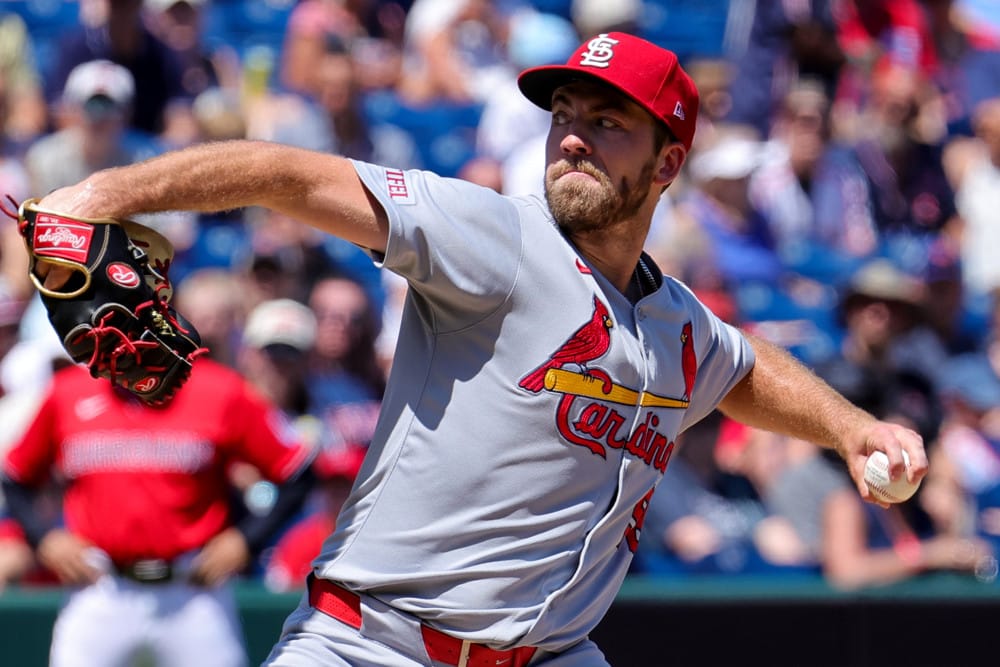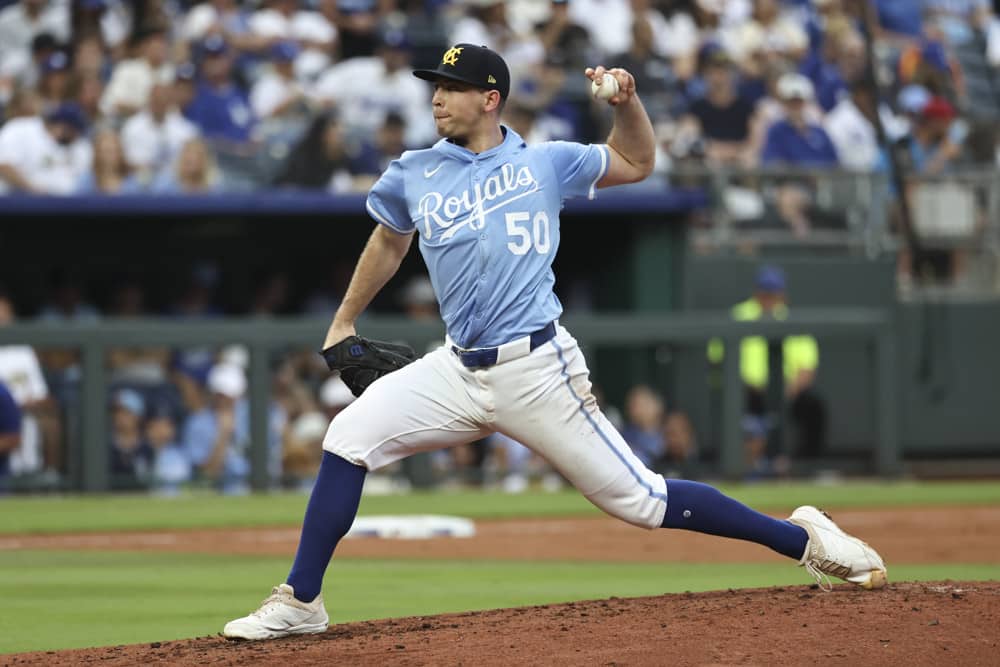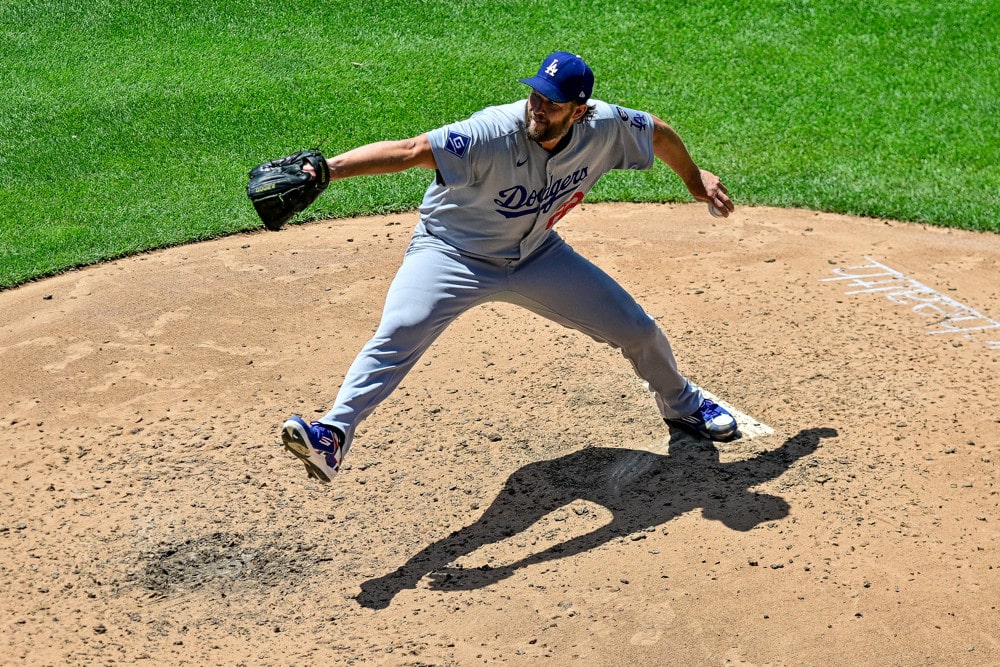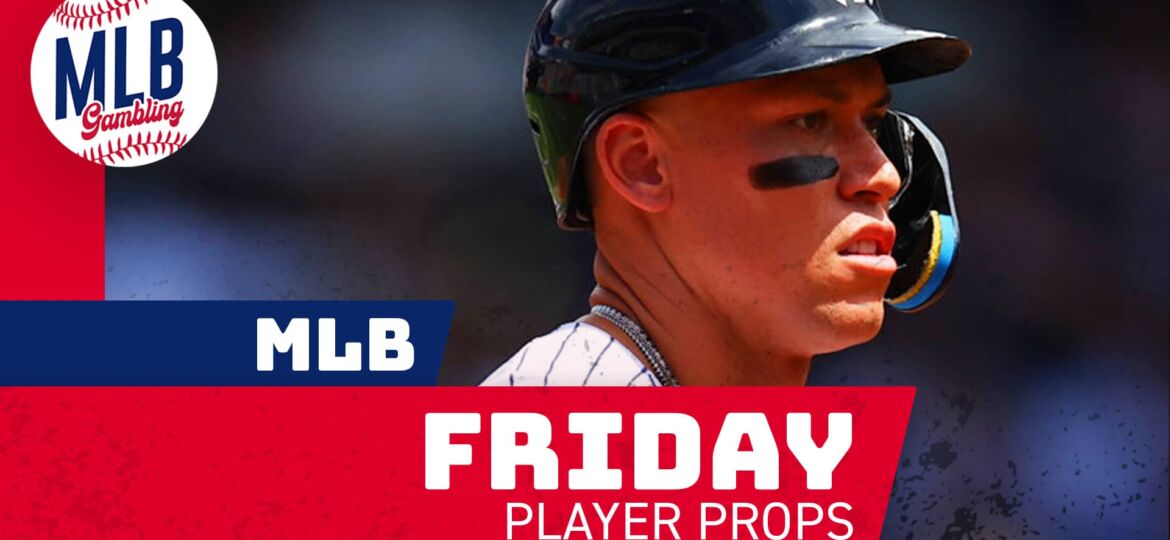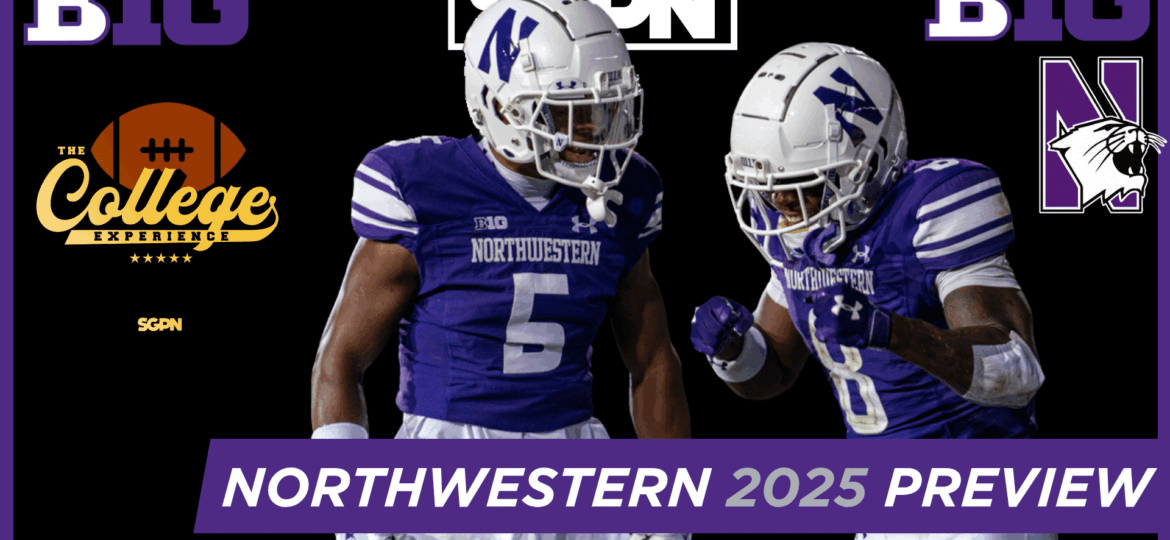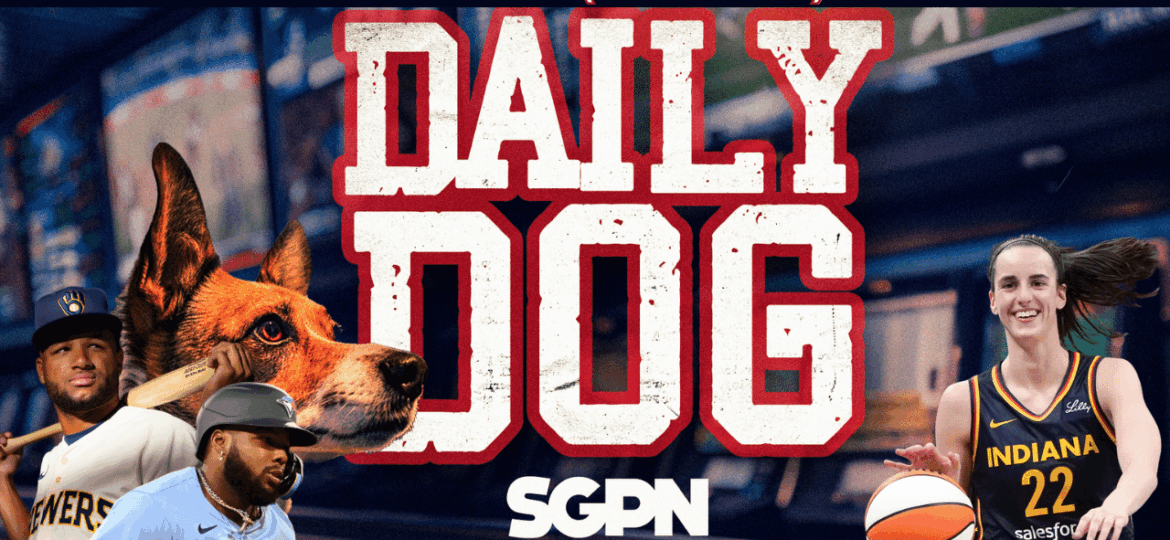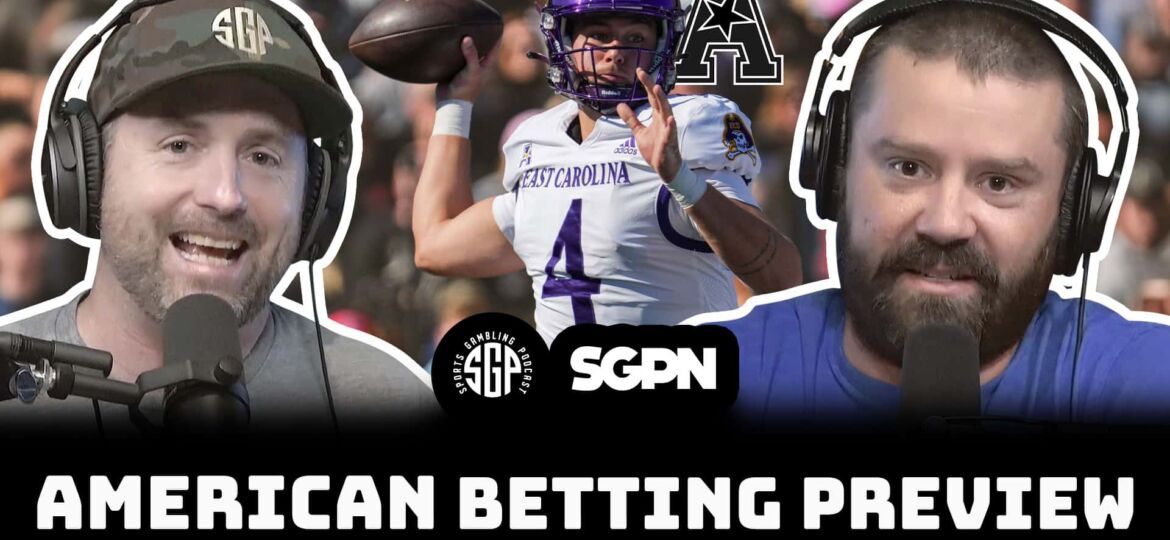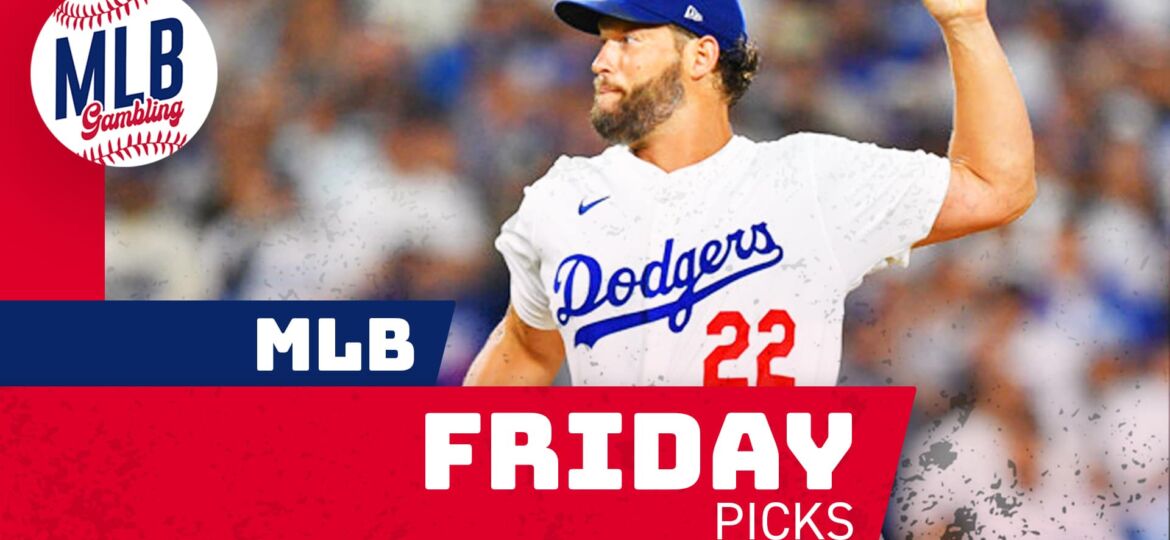In the midst of the beginning of the NFL season, fans and bettors will have to make room for one of the most anticipated golf tournaments of the year. At long last, the best players in the world will face the toughest test in golf for the 120th U.S. Open at Winged Foot Golf Club in Mamaroneck, NY. Here’s our U.S. Open Preview with everything to know before placing a single wager on it.
U.S. Open Preview: The Field
Because of the COVID pandemic, the traditional play-in format to set the U.S. Open field had to be scrapped. Local and Sectional Qualifying, both here and abroad, were replaced with primarily automatic qualifying based on several metrics.
Some of the most notable changes to how this year’s field was set is as follows:
+ Reduction of the field from 156 to 144 players
+ Top two non-exempt players from the results of the Memorial, 3M Open, WGC-FedEx St. Jude, Barracuda Championship, and the Wyndham Championship
+ Top three non-exempt players from the results of the PGA Championship
+ Top 5 non-exempt players from final 2019-2020 FedEx Cup Standings
+ Top 10 aggregate point earners from the European Tour’s revised 2020 schedule, beginning from the British Masters to the Wales Open
+ Top 5 Players in the 2019-2020 Korn Ferry Tour standings
+ Order of Merit leaders from various world-wide tours, such as the Japanese Tour, Sunshine Tour and the Asian Tour
+ Top seven players from the World Amateur Golf Rankings
+ Top PGA of America Professionals
These were pretty good alternatives to set this year’s field. The manner in which the U.S. Open sets its field often is called the most “Democratic” method of them all, but this methodology captures most of the best elements of the Open qualifying series. They included high-caliber Korn Ferry Tour players, top PGA of America pros, amateurs and under the radar international players to fill up the 144 player field.
Bettors will still have all the best players in the world at their disposal to wager on, but there certainly will be some deep sleepers (particularly with a few of the elite Korn Ferry Tour stars) that might make some noise at Winged Foot.
For the full field, click here.
U.S. Open Preview: The Golf Course
Winged Foot Golf Club was founded in 1921 and opened in 1923 for its private members. The golf club brought in famous architect A.W. Tillinghast to design both the East and West Course. Tillinghast’s other notable projects on his resume include Bethpage Black, Medinah No. 3, and Baltusrol. Like past majors, the U.S. Open will be played on the club’s West Course, with a scorecard length just under 7,450 yards.
Some architects are blessed with a wonderful piece of property as the canvas for their masterpiece, but not Tillinghast when he stepped onto the property of Winged Foot. Before construction, the land the club sits on is very flat and largely unremarkable. Tillinghast had to move a lot of earth to build his greens and the surrounds in order to make sure the golf course provided a suitable championship caliber test for anyone who played it.
Boy, did he do just that. Not only is the West Course at Winged Foot considered one of the best designed golf courses in the world, it’s also one of the most difficult. Every hole on the West Course requires the upmost focus from the player, and anyone who has a mental lapse puts themselves in danger of carding a big number on the scorecard. Between the thick rough, narrow fairways, difficult greenside surrounds and some of the most slippery, undulated greens in the world, players get punched in the mouth over and over from the first hole to the last.
Like many parkland golf courses in the United States, Winged Foot became overgrown with trees and allowed the greens to shrink as the rough creeped towards the center of each green. In 2017, Gil Hanse was brought in to both reduce the number of trees guarding each fairway and restore the greens to their original design and contours. His work at Winged Foot is widely considered one of his best achievements in golf course restoration.
Below are two U.S. Open preview videos that everyone should watch. The first is an 18 hole flyover of each hole at Winged Foot, with commentary on fairway width, bunker placement and a description of the complicated undulation of each green. It also really drives home how vital it is to keep the below the hole at all times, and anything long of the pin faces a tough up and down across the steeply sloped back to front greens.
The second U.S. Open preview video is a more in depth look at the greens at Winged Foot, the golf course’s most famous feature. Andy Johnson interviewed Geoff Ogilvy, who won the 2006 U.S. Open at Winged Foot, and Winged Foot restorer Gil Hanse for their takes on both the beauty and the beast in the greens at the golf course:
The West Course at Winged Foot will host a U.S. Open for the first time since 2006, a tournament with a very famous finish. Phil Mickelson stood on the tee at 18 with a one shot lead in hopes of winning his ever elusive U.S. Open, an event that has haunted him for years with several close calls. This was his best chance to finally get over the hump, only needing a par to secure the long awaited win.
And then…
Betting Strategies
A couple weeks ago, bettors were a bit in the dark about how Olympia Fields would play for the BMW Championship. It seemed like the general consensus heading in was despite the narrow fairways and penal rough, players would overall be able to have their way with the golf course and post a winning score at least mid-double digits under par. Someone could probably bomb and gouge the golf course, and the expectation was that the PGA Tour would soak the golf course in order to promote birdies so they could show highlights of players moving up the FedEx Cup leaderboard.
I won’t be shy to call myself out for terrible analysis, and about an hour into the Thursday AM tee times I knew I was way, way off on my expectation of how the golf course would play. My biggest mistake was completely ignoring what I would call as “lip-service” given by players and Golf Channel analysts of how a golf course would play. Typically, most of public comments from the players and the analysts of how the golf course will play is generally overblown, as it always plays a little easier than what people think it will.
In this case, the players who noted how penal the rough would be and how firm the greens were ended up being correct, and when a golf course plays like that it’s going to end up being a tournament where par is a premium.
Fast forward to this week and not only will Winged Foot set up similarly to how Olympia Fields did, but there’s the added difficulty of much tougher greens, faster greens as well as the USGA actively seeking to make the players lives a living hell for 4 days. If you thought the rough was penal and the greens were like blacktop driveways at Olympia Fields, boy are you in for a treat next weekend.
To begin setting expectations for the week, what are the analysts and players saying about Winged Foot? Jon Rahm had a practice round at Winged Foot shortly after he won the BMW Championship and talked with the media about the round. He described the greens as “Oakmont-like”, which anytime someone describes the greens as like Oakmont it should bring a shiver down anyone’s spine. While he said he was able to hold greens better than Oakmont, he played the golf course after it received some rain. The greens were definitely not as firm as they’ll be for the U.S. Open as there is no rain in the forecast this week. He closed his thoughts by saying “It’s long, it’s narrow, it’s undulating. You just need to play really good golf”.
Next up, David Feherty and Roger Maltibie walked the grounds in anticipation for NBC’s coverage of the U.S. Open. Maltbie expects, based on both what he saw and expectations from players, that the winning score will be over par and that we’re in for a “traditional U.S. Open setup”. David Feherty had a more humorous response to how he sees Winged Foot playing, as he expects “a lot of whining” from the players.
**Gulp**.
Unlike at the BMW Championship, I’m going to buy into the narrative that Winged Foot is going to chew guys up and spit them out based on what I know about the golf course and how the USGA likes to conduct themselves. I fully expect the golf course to play very firm and narrow tee-to-green, making it very difficult to hit fairways and puts hitting approach shot from the short grass at a premium.
The rough should be very thick, which will do two things. First – someone who is a shorter player must hit a lot more fairways than the field if they want a chance to win. The golf course is very long, so shorter players who are inaccurate are going to have a very difficult time around the golf course.
Second – the firm conditions means that it can’t be bomb and gouged. Longer hitters can’t afford to spend most of their time hitting from the rough because they have absolutely no chance of keeping the ball on the green. With how firm, slippery and undulating the greens are at Winged Foot, it already will be a difficult task to get up and down for par from off the green and players who are constantly hitting their approach shots from the rough won’t be making enough pars to stay within reach of the lead.
So that means we should just automatically target the most accurate drivers on the PGA Tour, right? Well, not exactly.
Let’s take a look at the statistics from the top half of the 2006 U.S. Open leaderboard:
(Per GolfStats)
Most of the players towards the top of the leaderboard did indeed hit more than the average number of fairways than the field for the week. Only Phil Mickelson, Nick O’Hern and Vijay Singh finished with below average driving accuracy yet still finished inside the Top 10 on the week.
Yet, when you compare several of these players with their driving accuracy stats in 2006, most of them were fairly sub-par. Geoff Ogilvy was only 119th on the PGA Tour in driving accuracy in 2006. Padraig Harrrington was 59th, which is good but not elite. Jeff Sluman led the field in fairways hit yet was only 75th on the PGA Tour in driving accuracy in 2006. Short hitting Mike Weir, often thought of for his accuracy, was only 83rd that year in driving accuracy. The only player in the Top 10 with what would be called “elite driving accuracy” was Jim Furyk.
In addition, Jeff Sluman hit 38 of 56 fairways on the week to lead the field. That’s a 67.9% driving accuracy, which would have finished around 40th that year on the PGA Tour. The median total fairways hit for all players who made the cut was 29, or about 51.7%. The average driving accuracy on the PGA Tour that season was 63.4%, which shows just how difficult it was to hit fairways for everyone. When it’s difficult to hit the fairways for everyone, that levels the playing field in that department considerably. I’m expecting the field to take about a 15-20% haircut on the number of fairways they normally would hit. That takes away most of the perceived advantages a shorter, more accurate player would have because of how punishing it will be for them to hit approach shots out of the rough.
Another revealing stat from the 2006 U.S. Open was how important it was to hit greens in regulation. While this will undoubtedly be a huge advantage for anyone with a massive GIR % on the week, finding the guys who’ll do it will be challenging because of how difficult it will be to hold greens with approach shots. Once again, Jeff Sluman led the field in GIR % on the week, hitting about 2 of every 3 greens in regulation. That rate would only have been slightly above average on the PGA Tour in 2006.
In fact, Jeff Sluman only ranked 104th that year on the PGA Tour in Greens in Regulation %. As for winner Geoff Ogilvy? He was 160th in 2006. Of everyone who finished inside the Top 10 on the leaderboard, only Phil Mickelson, Jim Furyk, Steve Stricker and Vijay Singh finished inside the Top 50 on the PGA Tour in Green in Regulation %, and those guys are only some of the best ball strikers ever to play the game.
So what should bettors do when they know that hitting fairways and greens in regulation are going to be a premium, yet know that it will be incredibly difficult for players to do so this week? One way bettors can give certain players a little bump is how well they scramble. We know from 2006 that the field is going to hit greens at a lower rate than they normally will, and that par will be a great score on most holes at Winged Foot. That means players are going to separate themselves from the field by how well they can scramble from off the green because everyone will be tested in that area more than they normally are.
Piecing all this together, here are the attributes I’m valuing most for this week:
1. Players with a good combination of length and accuracy off the tee.
AKA players I am confident have decent control over their tee shots, yet have the strength to at least get a ball out of the rough and close to the green to try and get up and down for par.
2. Players who are good iron players.
They can properly take advantage of all the times they do happen to find themselves hitting from the fairways. It’s also important to have great distance control, as anything long of the pin or even pin high on a few holes have almost no shot at getting up and down for par.
3. Patient players who are perfectly fine grinding out par after par every round.
4. Good, confident scramblers.
Overall, I’m just not going to bother all that much with putting stats this week. Some analysts will probably try to find an edge with players who putt well on poa annua surfaces, but the reality is this event is going to be a contest of who can avoid three putts and can hit nervy 5-10 foot par saves the most this week. With how undulated and quick the greens are, it’s going to level the playing field between the best and worst putters in the field anyways.
Ball striking and scrambling should take much, much bigger precedence than putting this week and ultimately will drive where my bets will be placed.


